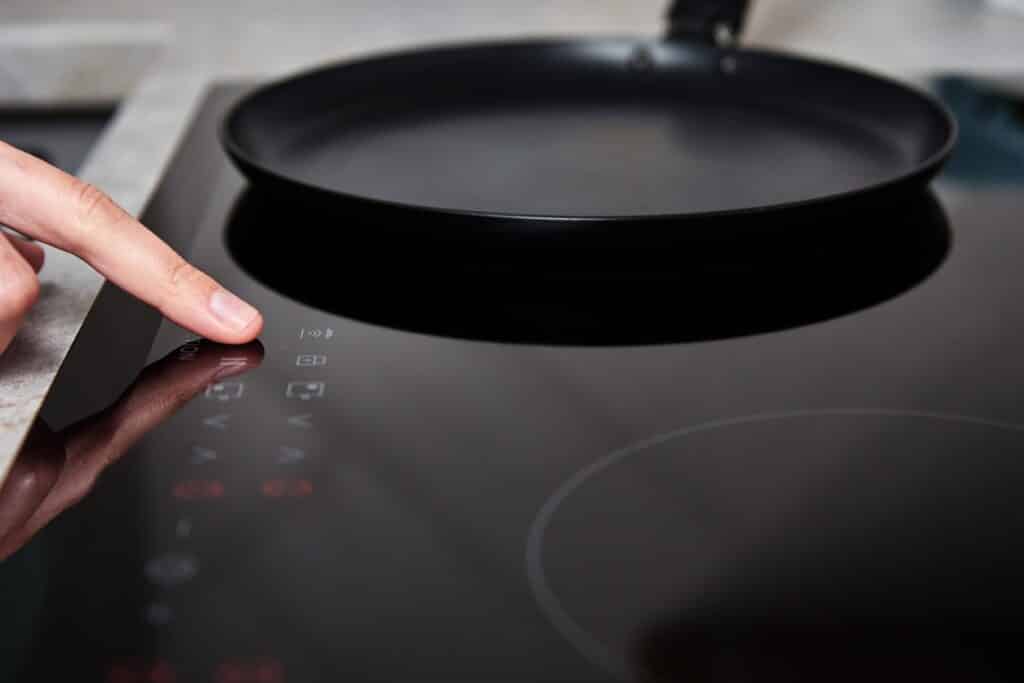Do I Need to Re-season Cast Iron After Induction Cooking?
Written By James Morgan
For barbecue enthusiasts, cast iron is more than just a cooking tool; it's a trusted companion in the culinary journey. Its durability and ability to retain heat make it perfect for crafting mouth-watering dishes. However, when you transition to using an induction cooktop, questions arise: Do I need to re-season cast iron after induction? Let's explore this topic and understand the nuances involved in maintaining your beloved cookware.

Understanding Cast Iron and Induction Cooking
Before diving into the need for re-seasoning, it's crucial to understand what makes cast iron and induction cooking a unique combination. Cast iron is known for its excellent heat retention and even cooking surface. On the other hand, induction cooktops heat through electromagnetic fields, requiring cookware with ferrous metal content. This makes cast iron a suitable choice for induction cooking, but it also brings its own set of considerations.
When using cast iron on induction, you might encounter some challenges. The rapid heating can sometimes affect the seasoning layer, which is the polymerized oil layer that prevents rust and provides non-stick properties.
The Impact of Induction on Cast Iron Seasoning
The question remains: does the induction cooking process impact the seasoning of your cast iron skillet or pan? The answer is yes, it can. The high and focused heat of induction can lead to uneven heating of the cast iron surface, potentially damaging the seasoning layer. This is why it's important to understand when re-seasoning becomes necessary.
Signs That Your Cast Iron Needs Re-seasoning
Knowing when to re-season your cast iron is key to maintaining its performance. Here are some signs to look out for:
- Rust Spots: If you notice rust developing, it's a clear sign that the seasoning layer has been compromised.
- Sticking Food: When food starts sticking more than usual, it indicates that the non-stick layer is wearing thin.
- Dull Surface: A dull or uneven surface can signal that the seasoning is deteriorating.
How to Properly Re-season Your Cast Iron
If your cast iron shows any of the above signs, it's time to re-season. Here's how you can effectively restore your cast iron:
Step-by-Step Re-seasoning Guide
- Clean Thoroughly: Use hot water and a stiff brush to scrub the pan, ensuring all food particles and rust are removed.
- Dry Completely: Dry the pan completely to prevent rust formation.
- Apply Oil: Coat the entire surface with a thin layer of vegetable oil or any high-smoke-point oil.
- Heat in Oven: Preheat your oven to 375F (190C) and place the pan upside down on the middle rack. Bake for an hour.
- Cool Down: Allow the pan to cool in the oven to complete the seasoning process.
By following these steps, you can ensure your cast iron is well-protected and ready for your next barbecue adventure.
Preventing Damage to Cast Iron When Cooking on Induction
To minimize the need for re-seasoning, adopt these preventive measures when using cast iron on induction.
Tips to Protect Your Cast Iron
- Preheat Gradually: Avoid sudden temperature changes by gradually preheating your pan.
- Use the Right Burner Size: Match the size of the burner to the pan to ensure even heating.
- Use a Heat Diffuser: A heat diffuser can help distribute heat more evenly, reducing the risk of hot spots.
These simple steps can help maintain the integrity of your cast iron while cooking on induction.
FAQs About Re-seasoning Cast Iron After Induction
1. Can I use any oil for re-seasoning?
Yes, but it's best to use oils with a high smoke point, such as vegetable oil, canola oil, or grapeseed oil.
2. How often should I re-season my cast iron?
It depends on usage. If you cook frequently on induction, you might need to re-season every few months.
3. Is cast iron too heavy for induction?
If you're concerned about the weight of cast iron on induction, read more about it here.

Conclusion
Re-seasoning cast iron after induction cooking is a necessary step to maintain its performance and longevity. By understanding the interaction between cast iron and induction, recognizing the signs of wear, and following proper re-seasoning techniques, you can enjoy the benefits of this versatile cookware for years to come. For more insights on using cast iron with induction, check out this article.



